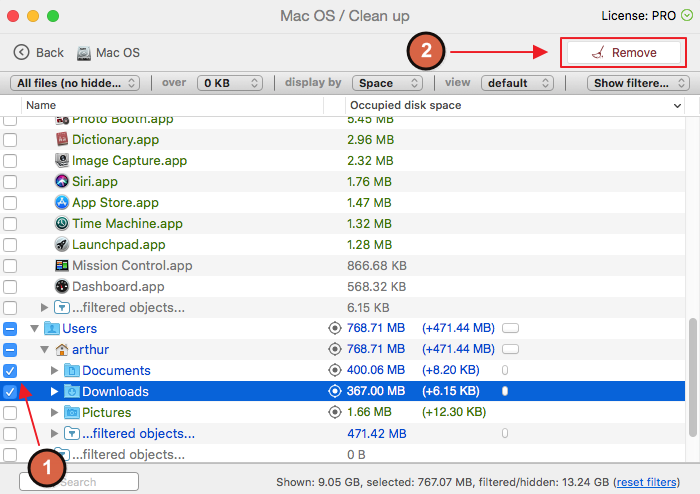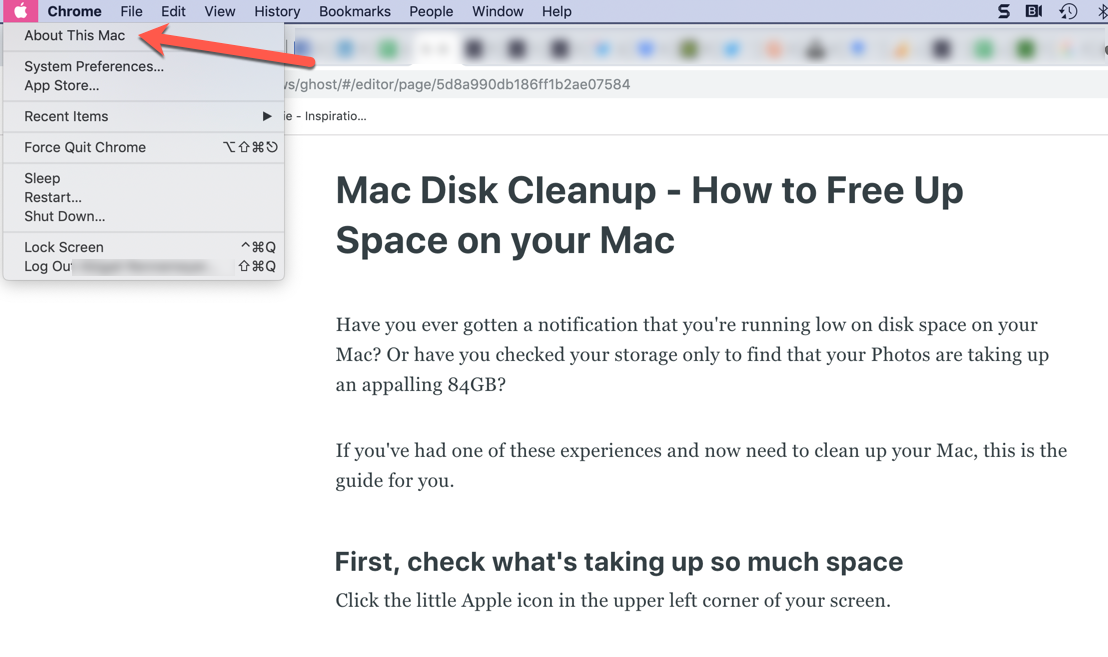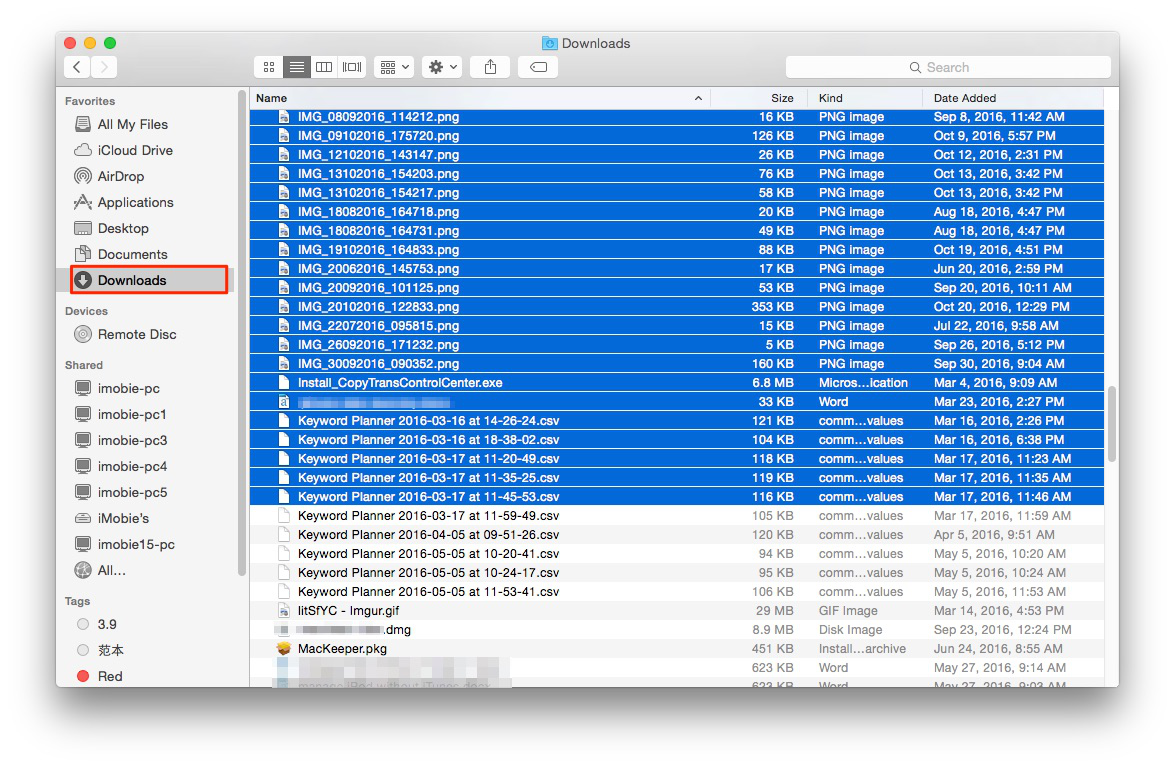Cleaning these hidden files might free up storage space. To clean up Safari, simply click Safari on the menu at the top of the screen and select Clear History. Browsers such as Google Chrome and Mozilla Firefox can be cleaned similarly. Get rid of everything else from Other disk space. Even Other storage space has its own “other” files, and no, the irony of that statement is not lost on us. Other storage on Mac can also include: Files in your user library (screen savers, for example). Files Spotlight search doesn’t recognize. Step 2: In the pop-up window, next to Search, make sure This Mac is selected. Step 3: Click the Arrows in the first search attribute field and select Other in the drop-down menu. It can be used to view your storage in a variety of ways that allow you to make informed decisions regarding which files you should delete to clear Other space on your Mac. Here are step-by-step instructions to free up disk space on your Mac’s hard disk: Download Disk Drill for Mac. The free download will allow you to clean up your storage.


People have been wondering about what is the “Other Space” on Mac. Is it the space consumed by the files user use or any other hidden files? How to free up local disk space by removing junk files from mac?
You can now know the answers to these questions here.
What is the “Other Space” on Mac?
Choose the Apple menu on the upper left ribbon of the screen and Choose About this Mac. From the tabs Choose Storage tab to view the storage consumption of files in Mac.
How To Free Up Other Space On Macbook Air
The other space as shown in above image consumes additional space when compared to the disk space consumed by the user data(including audio, multimedia, photos, applications and backup files). The other data as mentioned occupies data such as:
- System cache
- System Folders
- Application extensions and Plug-ins.
- Certain files not recognized by the Spotlight.
- Certain media files which are stored under files not recognized by Spotlight.
- To easily clean junk files on mac follow the Mac OS optimization technique as described below.
How to free up and remove junk files from Mac?
Users always have query that they hardly have any disk space left in their Mac.
Step 1: Delete the junk files permanently.
Users usually have misconceptions that if the data is in Trash, the data is deleted, but it may take up a part of data in your disk. So you need to permanently delete the data to free up memory on mac.
To delete data permanently:

- Go to the Finder Tab on the menu bar and Select Empty Trash.This permanent disk will free up memory and allow the disk to know that the space is available for storage.
Step 2: Optimizing Storage

The most of the data stored in system is usually occupied by photographs. The high resolution photographs take a huge amount of Disk Space. But you can choose to optimize your storage by cleaning up your mac.
- Open your Albums and Move to File > Select preferences and Choose iCloud icon.
- You can choose to Optimize Mac Storage manually. This will allow the users to store full resolution images on cloud and download the file from Apple server when you need to access the images. If the system has enough space it will store the images on system.
- Disable My Photo Stream which will restrict from downloading the images to your system and keep all the images on the cloud.
Step 3: Deleting Unwanted Files
(Note: Mac OS is extremely sensitive to deletion of data files that must not be deleted. Hence it is recommended to backup your data using Time Machine or any other backup technique.)
- Sometimes you don’t know what kind of files are being deleted. Download the OmniDiskSweeper and drag them to your Applications.
- Once it is installed do no open the application as it will search on the limited files. But we need to search a little more deeper to find out all the other spaces.
- Open spotlight and search for terminal and type the code exactly as mentioned:
- The above command will prompt you to enter the administrative password. The command gives the root folder access to OmniDiskSweeper. The window will automatically appear. Select the booting device and click on Sweep.
- Once the process is completed you can start deleting files to free up local disk space on a mac .
(Note: Make sure to delete only the files that are not necessary and the files you are aware about. Do not delete the System files unless you are completely sure about deleting the messages.)
- You can view dozens of files here which are unnecessarily occupying space.
Steps 4: Removing Corrupted Files and free up disk space
If there are some caches and some files that do not free ram on mac, you can make use ofAppleJack. This works in single user which makes it different with its working. Download AppleJack and to use and follow the steps:
- Shut down the Mac.
- Press the Power button on keyboard and immediately press Command + F6 button.
- A screen appears as a booting screen. As soon as it stops type the following command as shown here:
- Press enter and Applejack will ask the directory and again press enter to scan the drive and it will rebuild the computer automatically.
- If any corrupted files are present: Go to Preferences and under Corrupt folder. You can find the corrupted files and delete them.

Disk Cleaner
Since, users are unaware about how to clean junk files on mac because of inaccessibility to these files through spotlight. In my opinion, this Mac Optimization method is worth trying as it will boost up the speed of Mac and free up local disk space for storage consumed by Other space.